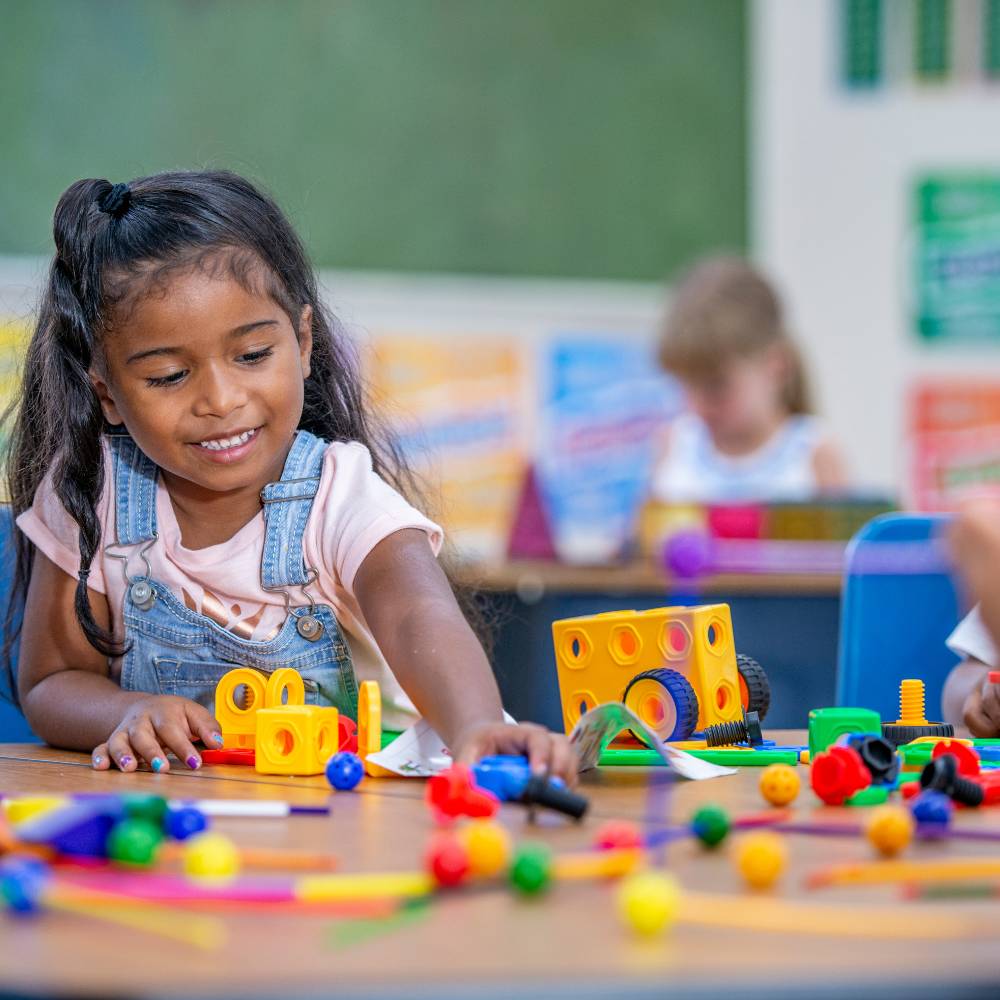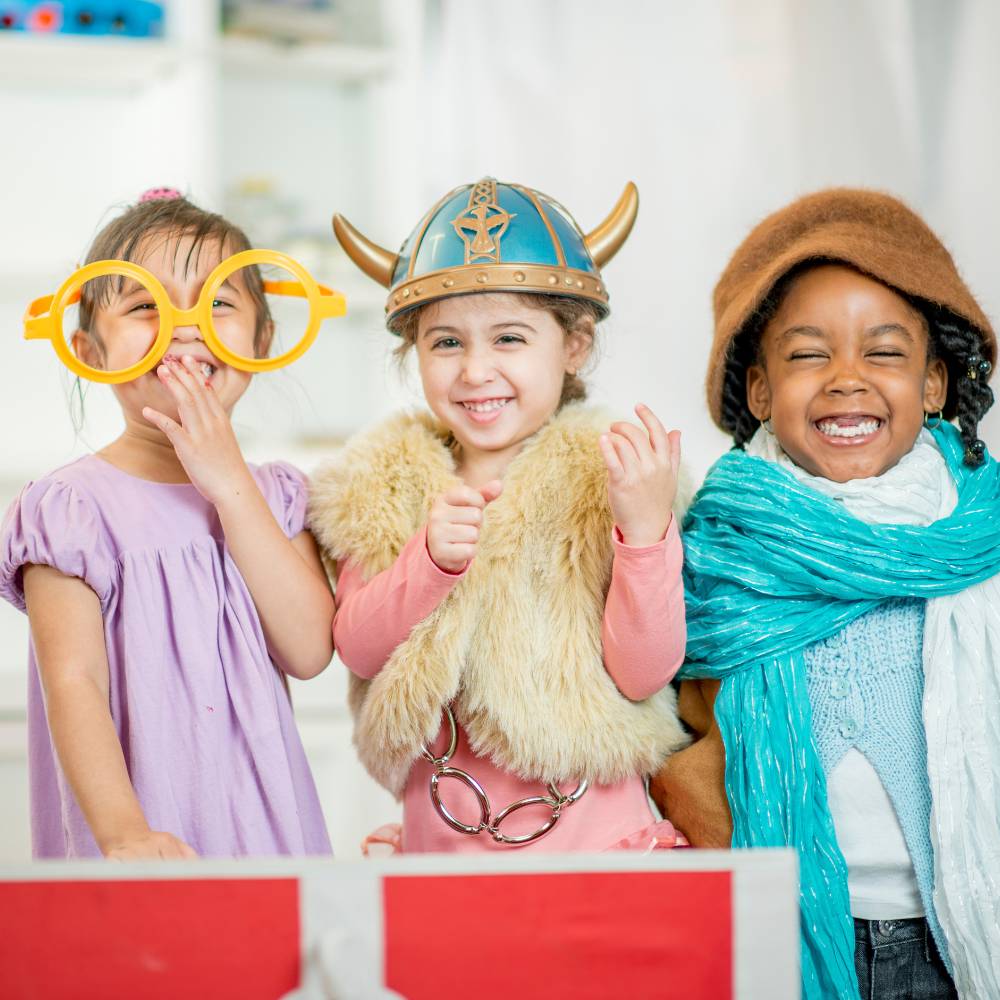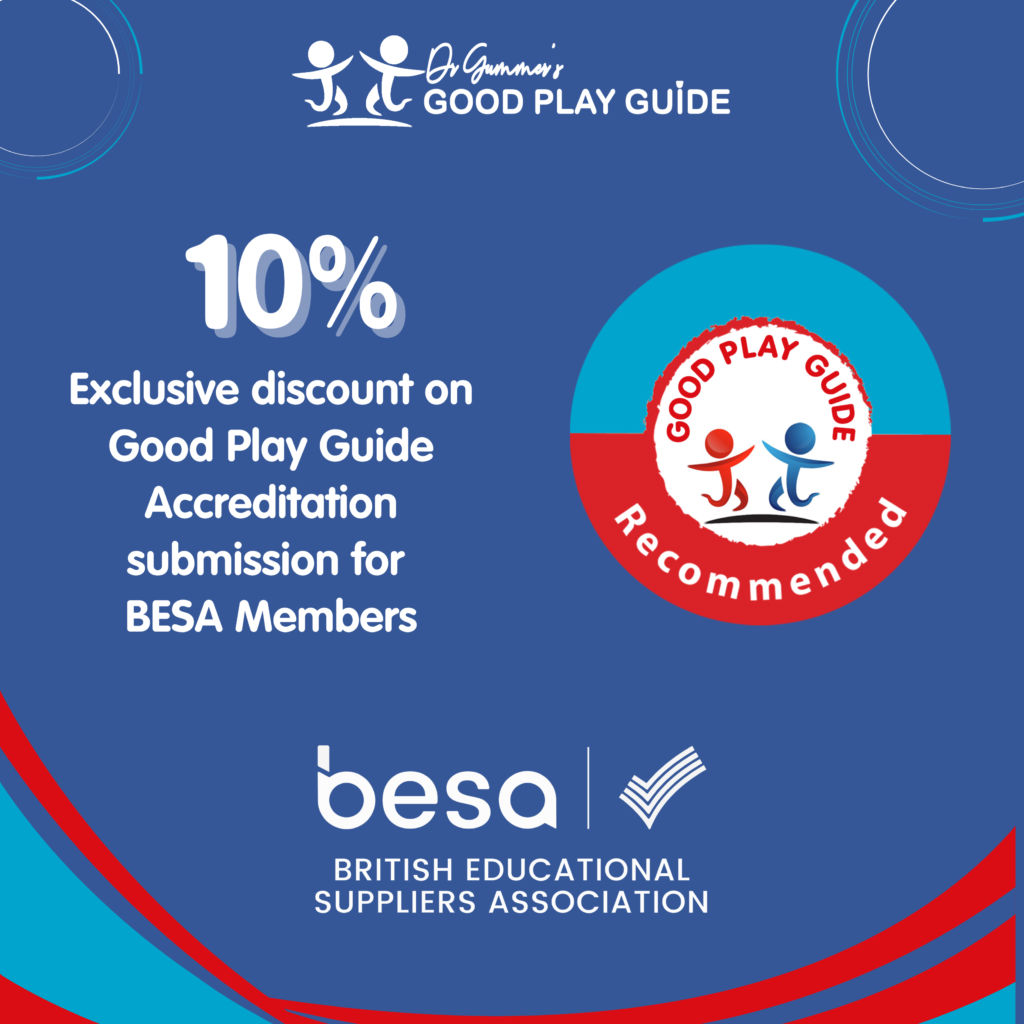
How Play Supports Mental Wellbeing (and Therefore Learning)
Published
Friday, 6 December
Author
Good Play Guide
Categories
Share
In education, play is often seen as a break from learning – a reward after hard work or a way to let off steam. However, play is far more than just a form of recreation. It is a key factor in mental wellbeing and, in turn, of learning. When children engage in different forms of play, they develop not only physically and socially but also mentally and emotionally, laying a solid foundation for effective learning. In this piece, we’ll explore the profound link between play, mental health and learning and why educators should view play as an essential part of their teaching toolkit.
Play and Emotional Regulation
An important aspect of play is its role in helping children manage their emotions. Through play, children learn to express, understand and regulate their feelings in a safe, low-pressure environment. For example, when a child plays out a scenario – whether through roleplay, board games or creative activities – they often mirror real-life situations, giving them the chance to process emotions they may not yet have the words for. This can be particularly valuable for children who are still developing their emotional vocabulary.
Engaging in imaginative play, such as dressing up or playing house, allows children to experiment with different roles, including both powerful and vulnerable personas. This helps them better understand and manage their emotions and anxieties. A child acting as a superhero may feel a sense of control and empowerment, while playing a doctor can encourage a sense of responsibility and care for others.
When children are emotionally balanced and can self-regulate, their capacity to learn increases. Emotional dysregulation – whether from anxiety, stress or unresolved feelings – can hinder concentration, memory and problem solving skills. In contrast, children who manage their emotions well are more engaged in learning, better at following instructions and more resilient in the face of challenges.
Reducing Stress and Anxiety through Play
Play also directly contributes to stress reduction, which is crucial for children’s mental health. Physical play, in particular, can be highly effective in reducing anxiety. Activities like running, climbing or playing sports release endorphins – the body’s natural ‘feel-good’ hormones. These chemical reactions create a sense of calm and happiness, making physical play a natural stress reliever.
This has direct implications for learning. Research shows that stress impairs cognitive functions such as attention, memory and executive functioning – skills essential for academic success. By integrating regular, active play into the school day, educators can help students manage their stress levels, which leads to better focus and improved academic performance.
Outdoor play is especially beneficial. Natural environments have been shown to reduce cortisol levels (the body’s stress hormone), improve mood and increase feelings of calm. For children with attention disorders like ADHD, outdoor play provides an environment where they can focus more easily and feel more relaxed. By spending time in nature, children are not only enhancing their mental wellbeing but are also putting themselves in the optimal state for learning.



Play as a Social Learning Tool
Another key aspect of play is its social nature. Playing with others, peers or adults, provides a powerful platform for developing social and emotional skills. In the classroom, play-based activities can encourage cooperation, communication and conflict resolution. These experiences are essential for developing empathy and emotional intelligence.
When children engage in group play, they learn to navigate the complexities of social interactions. They must take turns, negotiate rules and sometimes manage disappointment when things don’t go their way. These moments, though challenging, are opportunities for learning emotional resilience. Understanding how to manage social situations and regulate emotions is not only vital for mental wellbeing but also enhances a child’s ability to focus, engage and thrive in a learning environment.
Collaborative play, such as building a project together or participating in team games, also boosts problem solving skills. Children learn to share ideas, make decisions and work towards a common goal. These activities mirror real world scenarios and give children practice in skills that will be vital throughout their academic journey and later in life.
Creativity and Emotional Expression
Creativity is often undervalued in educational settings that prioritise academic achievements. Yet creative play – through art, music or storytelling – provides children with a unique avenue for emotional expression. Creative activities such as drawing, painting or crafting allow children to express their inner feelings in a non-verbal way. This is especially beneficial for children who may struggle to articulate their emotions through words alone.
The immersive nature of creative play also offers children the chance to be fully present, giving their minds a break from stress or anxiety. Being absorbed in an activity that engages the imagination can have a calming, meditative effect, which in turn supports mental health. Also, by experimenting with different forms of artistic expression, children develop a deeper understanding of their emotions and gain confidence in their ability to communicate how they are feeling.
This emotional clarity feeds back into the learning process. A child who understands their own emotions is more likely to develop strong self-awareness, which enhances their ability to reflect on their learning, understand their strengths and weaknesses, and set meaningful goals.
Play and Cognitive Development
In addition to the emotional and social benefits, play also directly influences cognitive development, which is central to academic achievement. When children engage in certain types of play such as puzzles, building blocks or games that require strategy they are exercising their brains in ways that improve memory, concentration and problem solving. These cognitive skills are foundational for success in reading, mathematics and science.
Play-based learning, where the educational process is structured around playful activities, can be a powerful method for enhancing these cognitive skills. For instance, games that involve matching, sorting or pattern recognition help build logical thinking, which is key to mathematical reasoning. Roleplaying activities encourage children to think critically and solve problems, both of which are essential cognitive processes in all areas of learning.
When children experience the joy of play, their motivation to learn increases. This is a crucial point for educators to consider. Children are naturally curious and driven to explore when they are engaged in playful activities. By harnessing this energy, educators can create a learning environment where children are not only acquiring knowledge but doing so in a way that feels meaningful and enjoyable.
Conclusion
Play is not just a break from learning; it is an essential part of it. Play creates the ideal conditions for effective learning, helping to develop a healthy mind that is ready to absorb and apply new information. By fostering a playful, supportive environment, educators can help children develop the emotional resilience and cognitive skills they need to thrive both in and out of the classroom. In short, play is a powerful tool for nurturing the whole child. A tool that should be a central part of every educator’s approach.
To find out more about the exclusive discount on Good Play Guide accreditation for BESA members, click here.

